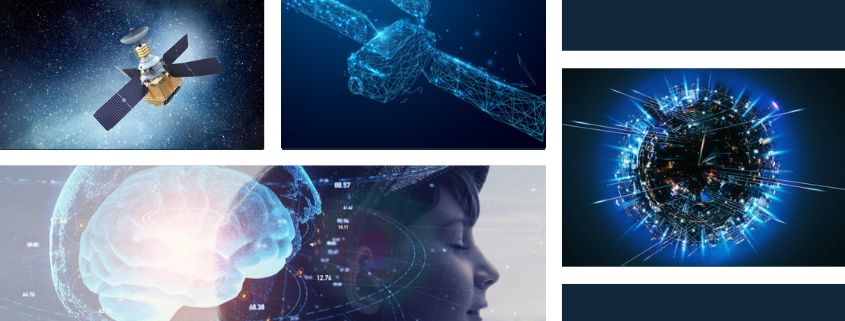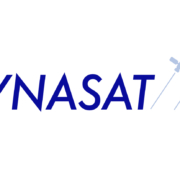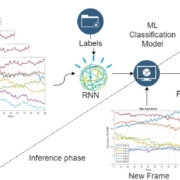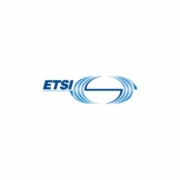From 5G to 6G non-terrestrial networks (NTN)
During the last few years, the development of non-terrestrial networks (NTN) has consistently taken leaps forward. 5G NTN standards are becoming mature, and after that, attention shall move towards 6G NTN.
The work on NTN started with 3GPP Release 15 and Release 16 studying the NTN channel model, deployment scenarios, and minimum required adaptations for the existing 5G system to support NTNs.
Release 17 was the historical first official 3GPP release supporting NTN for FR1 and handheld devices. Release 18, in turn, targeted to enhance the capabilities of NTN operation for above 10 GHz frequency bands (FR2) for VSAT terminals.
Magister has been working within 3GPP throughout this process. We are happy to be able to share our competence in system simulations and help build the future of the SatCom industry through standardization – and there is still a lot to come.
The current focus on 5G NTN Release 19 standardization
The next phase on this development path is Release 19 enhancing the NTN performance and use cases. The objective is to provide improved coverage and optimized capacity, multicast and broadcast services (MBS), regenerative payload, and support for Reduced Capability (RedCap) terminals:
- Study and specify, if beneficial, downlink coverage enhancements targeting support for additional reference satellite payload parameters covering both GSO and NGSO constellations operating in FR1-NTN or FR2-NTN
- Uplink capacity/throughput enhancement for FR1-NTN
- Specify signaling of the intended service area of a broadcast service (e.g. MBS broadcast) via NR NTN
- Support of regenerative payload
- Support of Rel-17 RedCap and Rel-18 eRedCap UEs with NR NTN operating in FR1-NTN bands.
After Release 19, the focus starts to shift towards 6G, which is expected to be a bigger leap.
The road to 6G NTN can already be seen
3GPP has committed to developing 6G specifications: the studies for 6G in 3GPP are expected to start from Release 20 in 2025, after which begins the normative work for 6G in 3GPP on Release 21 in 2027.
6G NTN is an SNS JU project that aims to design and validate NTN’s key technical, regulatory, and standardization enablers for the integration of TN and NTN components into 6G. The objective is to build a unified TN and NTN system, where the design has been made for both environments from the start.
This spring’s ETSI Conference on “Non-Terrestrial Networks, a Native Component of 6G” creates an important view towards 6G NTN. The conference shall offer attendees the unique opportunity to come together and exchange with experts, network with peers, and visit the dedicated project posters all focusing on the topic of Non-Terrestrial Networks beyond 5G.
Magister’s role in 5G and 6G NTN
Magister has been actively involved in 5G NTN standardization work through several ESA-funded projects. One of our focus areas has been on providing system simulation support for NTN standardization needs.
- We participated in the Rel-17 NR-NTN standardization through the ALIX project.
- We participated in the Rel-18 NR-NTN standardization through EAGER and 5G-SPECTRA projects, offering simulation support and research on TN/NTN adjacent channel coexistence on Frequency Range 2 (FR2) for RAN4.
- We shall continue active 3GPP standardization support work within the 5G HELENA project with a focus on Rel-19.
Through all the projects in recent years, we have gained in-depth knowledge of 5G NTN development and simulative evaluation. It is also very useful in helping our customers.
Magister is your potential simulation and R&D partner in 3GPP standards development – let’s get in touch! Contact us here.











